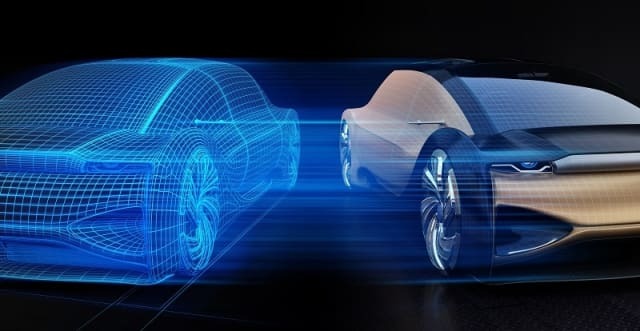In the ever-evolving landscape of technology, one concept that has gained significant attention and traction in recent years is that of “Digital Twins.” This intriguing concept has garnered interest across various industries, from manufacturing and healthcare to urban planning and aerospace. While digital twins offer a promising vision of improved efficiency, reduced costs, and enhanced decision-making, they are also shrouded in myths and misconceptions. In this expert article, we will delve into the world of digital twins, debunking myths and revealing the realities behind this transformative technology.
Understanding Digital Twins
What Is a Digital Twin?
A Digital Twin is a virtual representation of a physical object, system, or process. It mirrors the real-world entity by collecting and integrating data from sensors, IoT devices, and other sources to create a digital replica. This replica allows for real-time monitoring, analysis, and simulation, enabling better decision-making and performance optimization.
Myth 1: Digital Twins Are Only for Large Corporations
One common misconception is that digital twins are exclusively for large corporations with extensive resources. In reality, digital twin technology is becoming increasingly accessible to businesses of all sizes. With the growing availability of affordable sensors and cloud computing resources, small and medium-sized enterprises can harness the power of digital twins to enhance their operations and competitiveness.
Myth 2: Digital Twins Are Limited to Manufacturing
While digital twins have found extensive use in manufacturing, their applicability extends far beyond this sector. Digital twins can be implemented in various domains, such as healthcare for patient monitoring, smart cities for urban planning, and aerospace for aircraft maintenance. The versatility of digital twins makes them a valuable tool across diverse industries.
The Benefits of Digital Twins
Realizing Operational Efficiency
One of the most significant advantages of digital twins is their ability to improve operational efficiency. By continuously monitoring and analyzing data from physical assets, organizations can identify inefficiencies, predict maintenance needs, and optimize processes. This leads to reduced downtime, cost savings, and increased productivity.
Enhanced Decision-Making
Digital twins empower decision-makers with data-driven insights. They provide a clear and comprehensive view of the physical system or process, allowing for informed decision-making. Whether it’s adjusting production parameters, optimizing energy consumption, or predicting equipment failures, digital twins enable proactive and strategic choices.
Cost Reduction and Sustainability
Digital twins contribute to cost reduction and sustainability efforts. By identifying energy wastage, resource inefficiencies, and maintenance needs, organizations can minimize their environmental footprint while simultaneously saving on operational costs. This aligns with the growing global focus on sustainability and responsible resource management.
Addressing Common Myths
Myth 3: Digital Twins Are Expensive to Implement
While the initial setup of a digital twin system may require an investment, the long-term benefits far outweigh the costs. Moreover, the availability of cloud-based solutions and open-source platforms has significantly reduced the barriers to entry. Organizations can start small and scale their digital twin initiatives as they witness the tangible benefits.
Myth 4: Digital Twins Are Prone to Cybersecurity Threats
Security concerns often deter organizations from embracing digital twins. However, when implemented with robust cybersecurity measures, digital twins can be highly secure. It’s essential to prioritize data encryption, access controls, and regular security audits to safeguard the integrity of the digital twin ecosystem.
Overcoming Challenges
Data Integration and Quality
Effective digital twins rely on high-quality data from various sources. Ensuring data compatibility, accuracy, and consistency can be challenging. Organizations must establish data governance practices and invest in data management solutions to overcome these obstacles.
Scalability
As organizations expand their digital twin initiatives, scalability becomes a crucial consideration. Adopting a flexible architecture that can accommodate the growth of data and complexity is vital. Cloud-based solutions offer scalability advantages, allowing organizations to adapt to changing requirements.
The Future of Digital Twins
As technology continues to advance, the potential of digital twins will expand further. With the integration of artificial intelligence and machine learning, digital twins will become even more predictive and autonomous. This evolution will lead to smarter decision-making and a deeper understanding of complex systems.
Conclusion
In conclusion, digital twins are not a technological myth but a reality that is reshaping industries and revolutionizing how organizations operate. By dispelling the common myths surrounding digital twins and embracing their potential, businesses can unlock unprecedented benefits, from operational efficiency and cost reduction to enhanced decision-making and sustainability. As the technology continues to evolve, staying informed and adaptive will be key to harnessing the full potential of digital twins in the years to come..



Comments are closed.